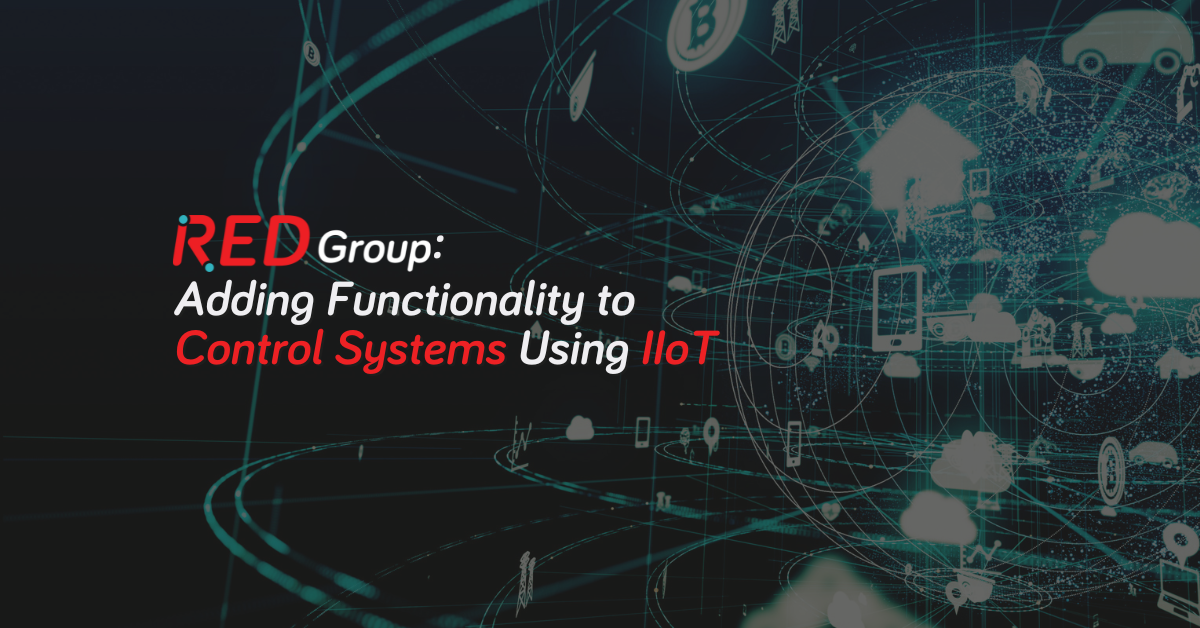
Written by Jordan Deville, Sr. ICS Consultant | OT Consultant
In the fast-paced world of industrial settings, staying ahead of the curve is essential. In our ongoing exploration of digital transformation, we’re delving deep into the powerful realm of the Industrial Internet of Things (IIoT) and how it can supercharge your existing control systems.
In the heart of every large industrial organization lies a sophisticated control system, silently orchestrating operations. However, extracting critical data from this system has often been a challenge, confined to a select few with specialized access. This data is the lifeblood of understanding the health and performance of your facility.
In the conventional scenario, departments relied on periodic reports from technical or operations teams to obtain this vital information. But what if there was a way to access real-time data, enabling more informed decision-making across various disciplines?
Realizing the Vision: Examples in Action
Consider a facility manager who yearns for real-time monitoring of output or the ability to track utilization, or maintenance personnel aiming to predict equipment maintenance by tracking downtimes. Picture the finance team seamlessly accessing live input and output data for precise sales and purchasing reports, or the reliability and environmental team effortlessly tracking energy usage for compliance and early detection of potential issues.
A Glimpse into the Past
Traditionally, this level of integration was a complex endeavor. Multiple SCADA systems were often employed to manage each of these tasks independently, if they were implemented at all. Without such systems, reliance on periodic reports from the Controls or Operations team was the only recourse.
IIoT: Bridging the Gap
Enter Industrial Internet of Things (IIoT), a transformative force in the industrial landscape. IIoT transcends the limitations of conventional approaches by harnessing data not only from the control system but also from a myriad of other sources, including databases, sales information, and even weather data.
Unlike traditional systems, IIoT operates separately from the main facility controls, with no capability to override existing systems. This separation from control network access means that it adheres to standard IT controls, ensuring a secure and manageable environment for user access.
The RED Group Advantage
At RED Group, we’ve earned our stripes as IIoT pioneers, proudly certified by Cirrus Link and renowned for delivering cutting-edge IIoT solutions. With a track record of successful deployments across multiple industries, we possess not only the expertise in IIoT but also an in-depth understanding of control systems and OT network systems, ensuring the highest level of cybersecurity for connected systems.
Elevate Your Operations with RED Group
Ready to unlock the full potential of your control systems through IIoT? Reach out today, and let’s embark on a journey towards a more connected, data-driven future. Contact us to learn more about our IIoT solutions and how they can revolutionize your facility’s operations.
Jordan Deville, Sr. ICS Consultant and OT Consultant of RED Group’s Houston office, has nearly a decade of experience in Industrial Control systems design and implementation. He has spent the past several years building and refining control system network systems especially focusing on cybersecurity and network safety.

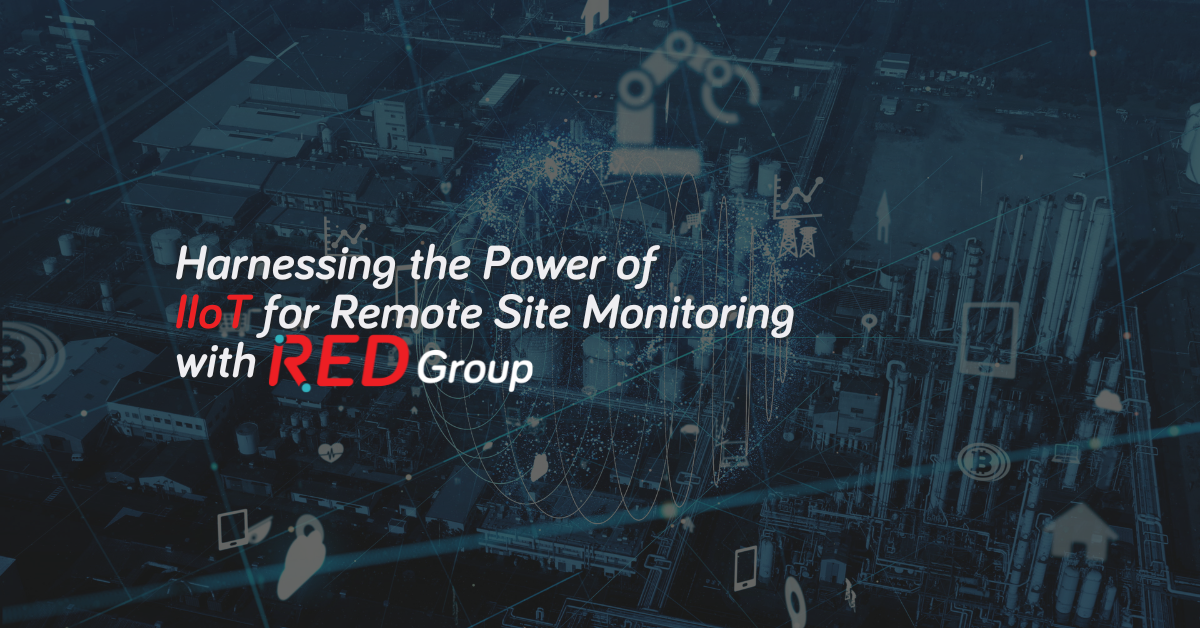
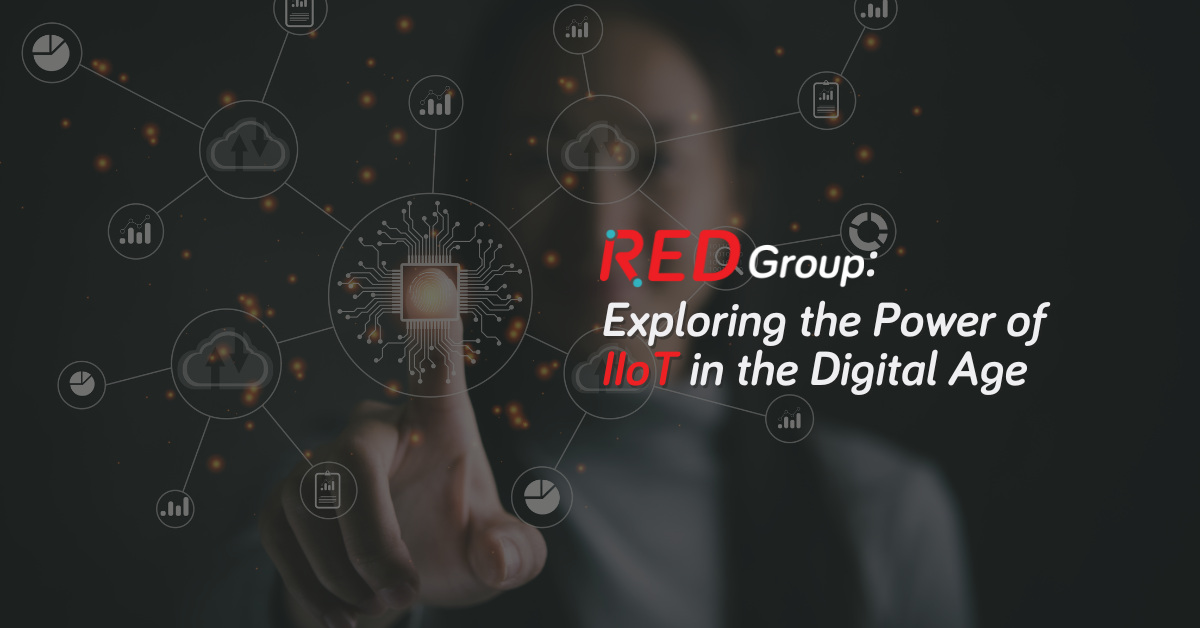
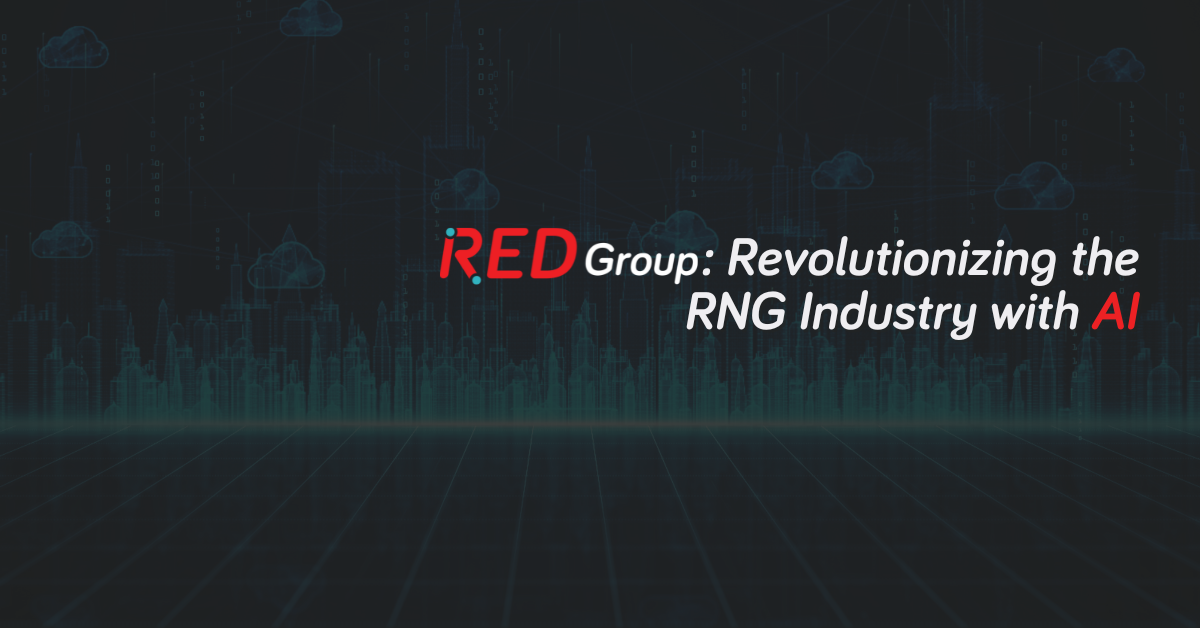
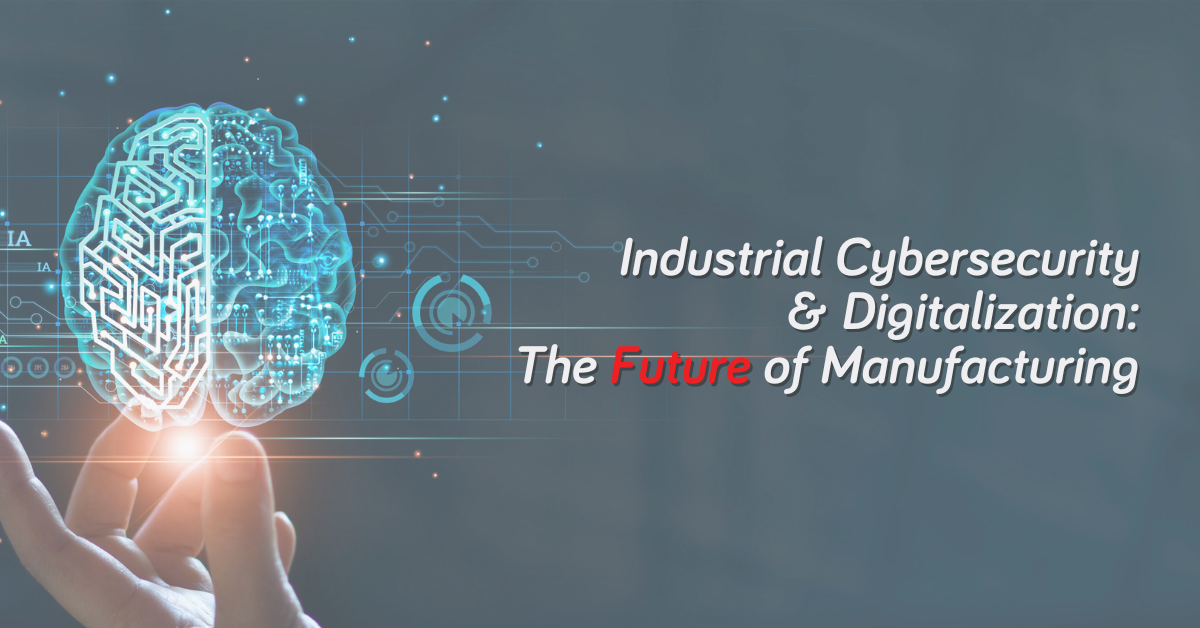
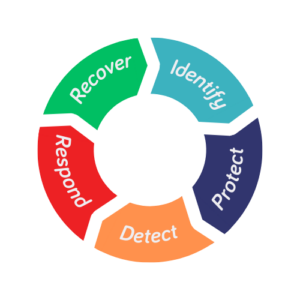
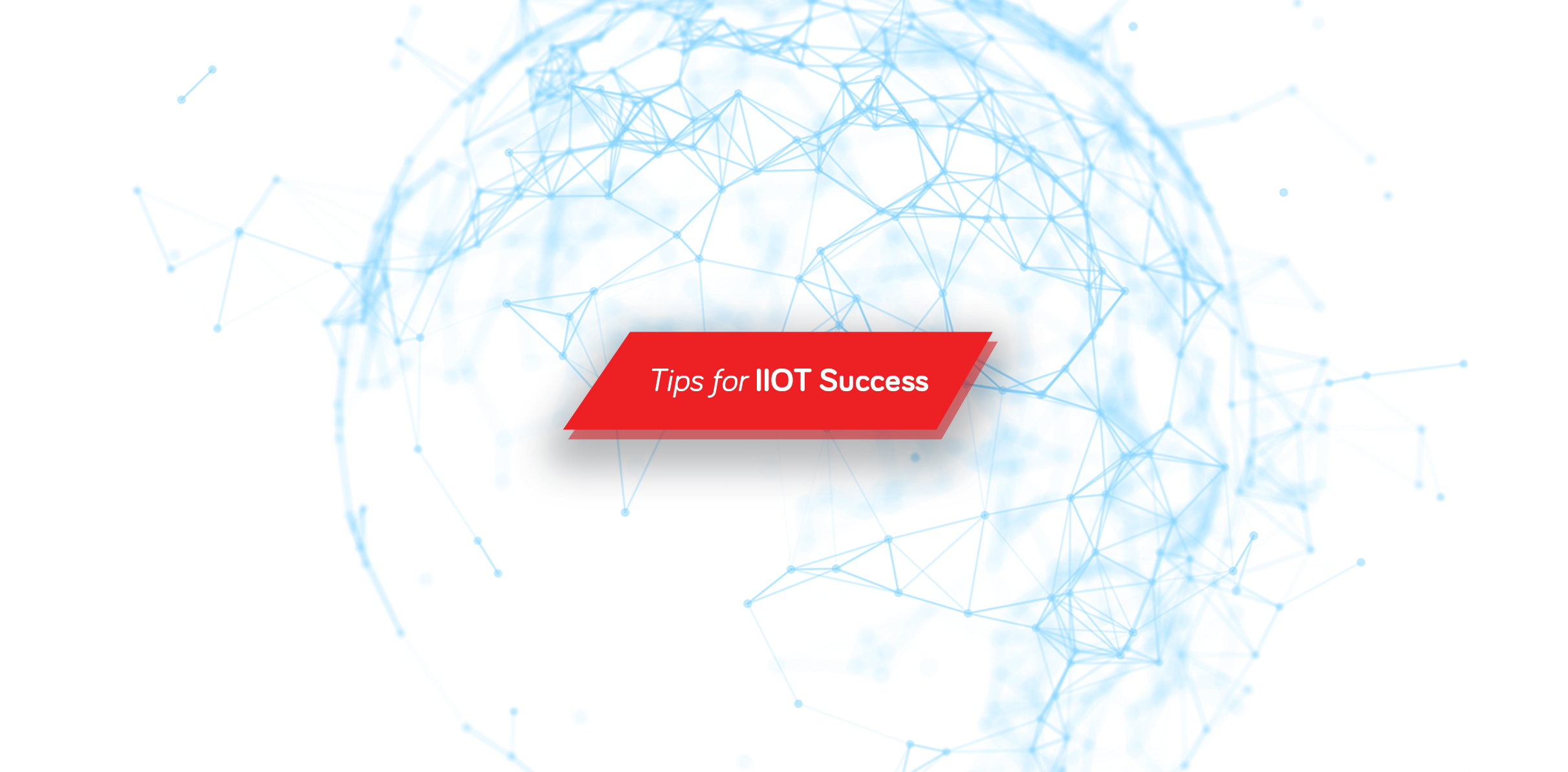
Recent Comments